One problem with road-testers reporting from car factories is our hazy frame of reference.
If we drive Hatchback A and it steers and rides terribly, we can call it out because we’ve also driven Hatchback B, C, D, E and probably their forebears. But outside of dedicated industry journos (and even for them), the factories where those cars are built are visited infrequently.
In a decade of doing this job, and excluding the cottagey operations, I’ve been in the bowels of the car-building process on only five occasions, with Stellantis's Sochaux plant (at that time PSA's) being the largest. So I can’t easily tell you if certain robots are more jazzy than others, or if one system of laser tolerance-measuring is more precise than the next.
Like anyone, I know an unusually dingy place when I see one, but honestly, when you’re in a press- or paint-shop, it can be challenging to work out what's exactly happening even in basic terms and it all seems pretty miraculous anyway. And that’s the brilliant thing about car factories. To us civvies they’re awe-inspiring places, even the ropey ones. They’re complicated, fizzing, overgrown Rube Goldberg machines that methodically create an object of ridiculous complexity.
The just-in-time and just-in-sequence elements of modern supply lines add another dimension of wonder. So in the same way your average Victorian would find even the Ford Ecosport the most mind-bendingly advanced device, even crummy old car plants capture my imagination with ease.
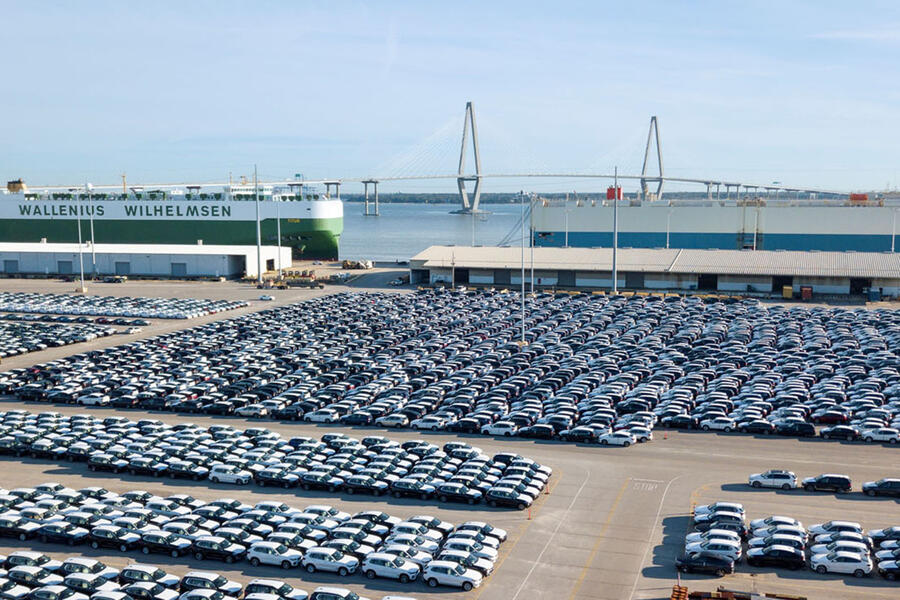
And then you get the conspicuously good ones – BMW’s Plant Spartanburg in South Carolina being one such place.
We recently visited Spartanburg as part of M-division’s Stateside 50th anniversary celebrations. This is where the majority of the brand's X models are built, from the BMW X3 up to the BMW X7, so it isn’t especially ‘M’ in spiritual terms, but it’s BMW’s largest single manufacturing site and the scale of the operation is something else. Here’s the low-down.
More than 11,000 people who work on the 7,000,000 square-foot site help turn out around 1500 cars a day, of which around 65% are exported to 120 or so countries.

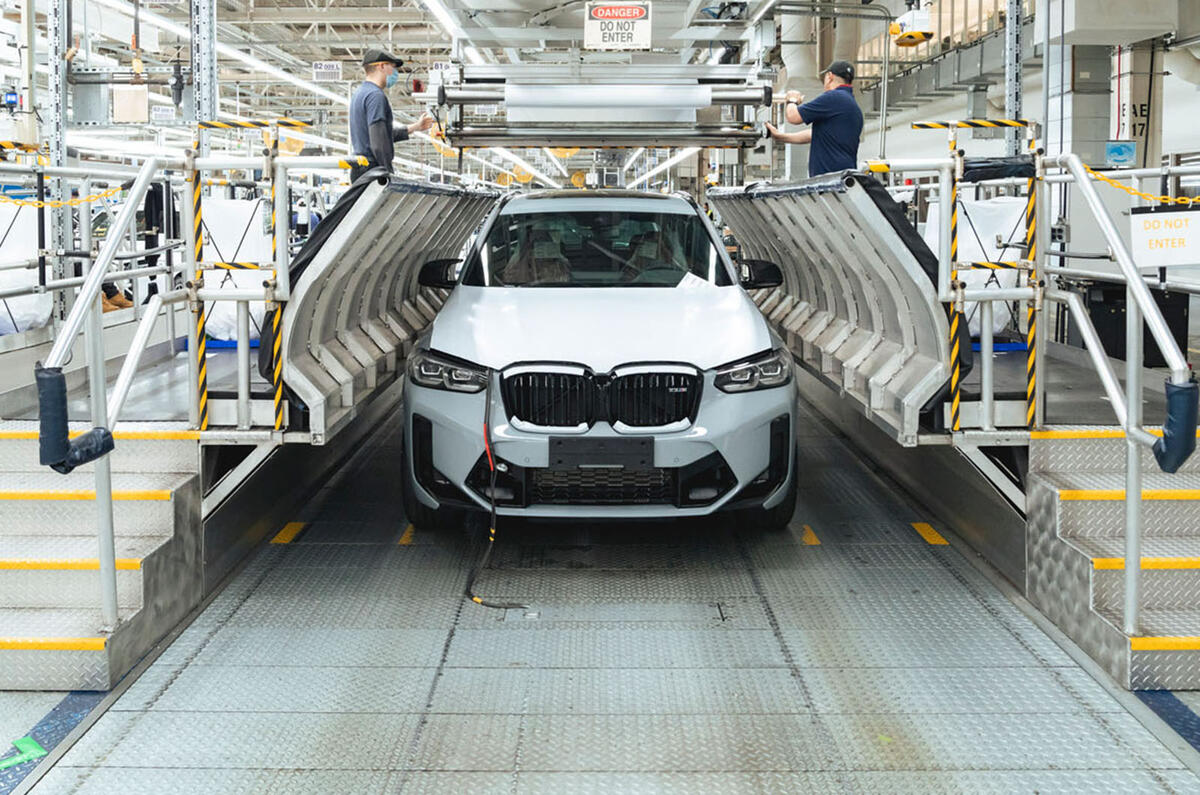
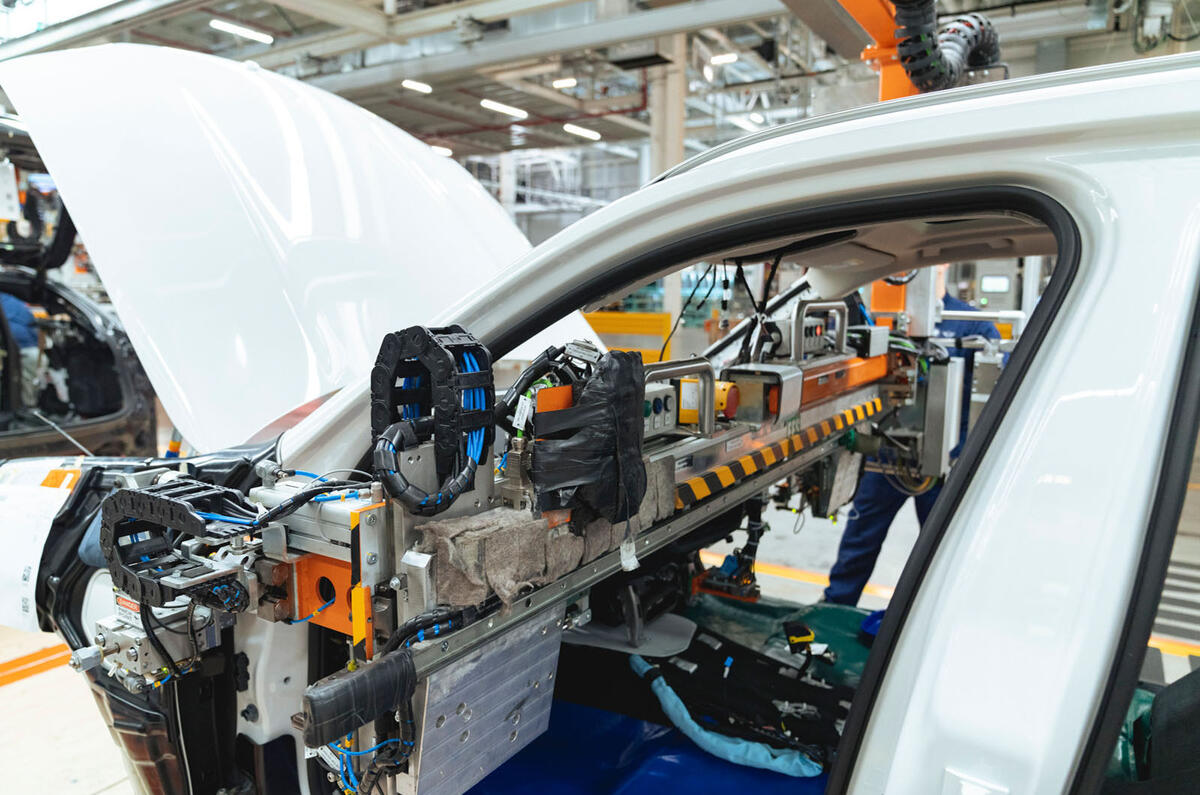
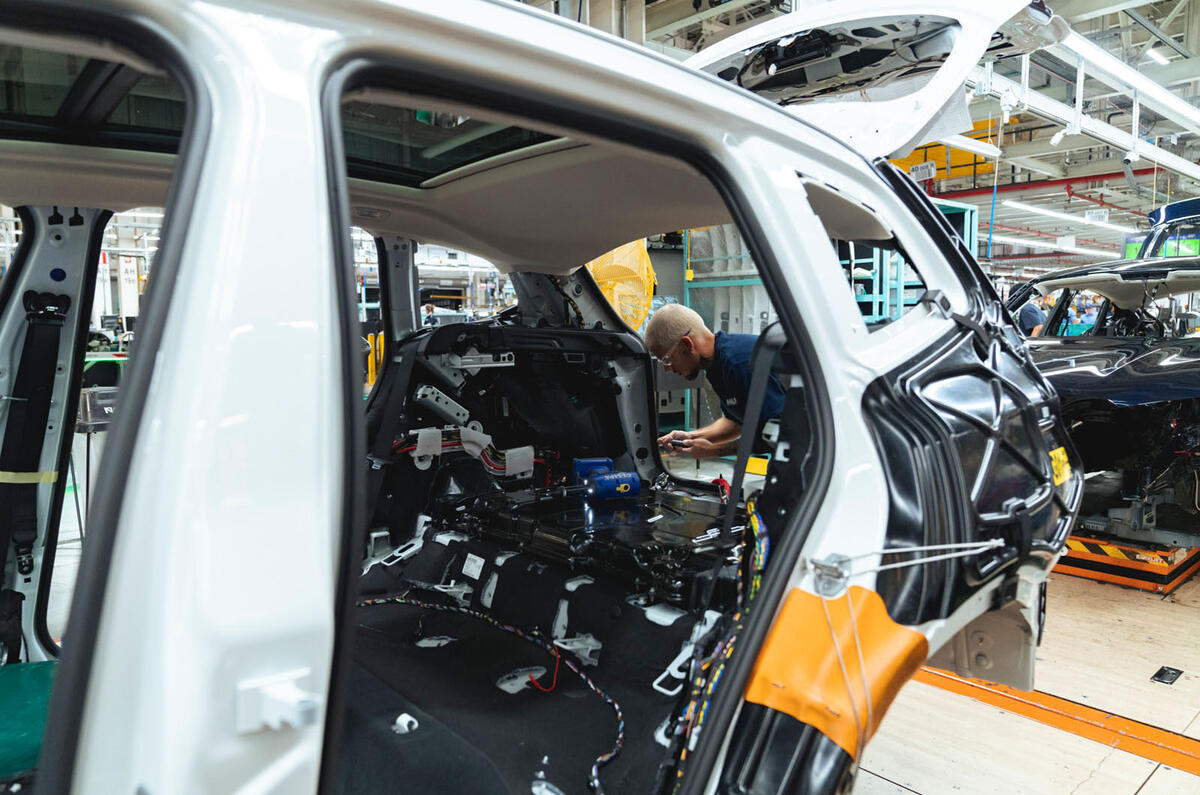
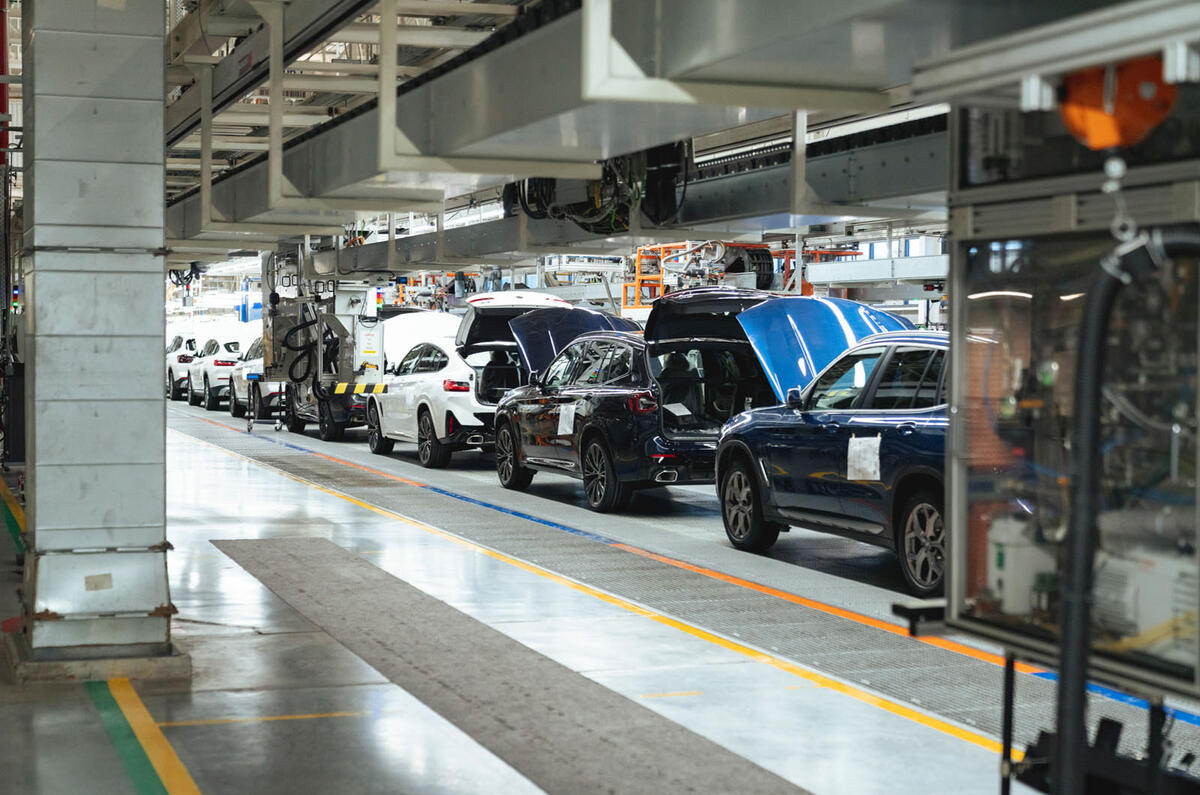
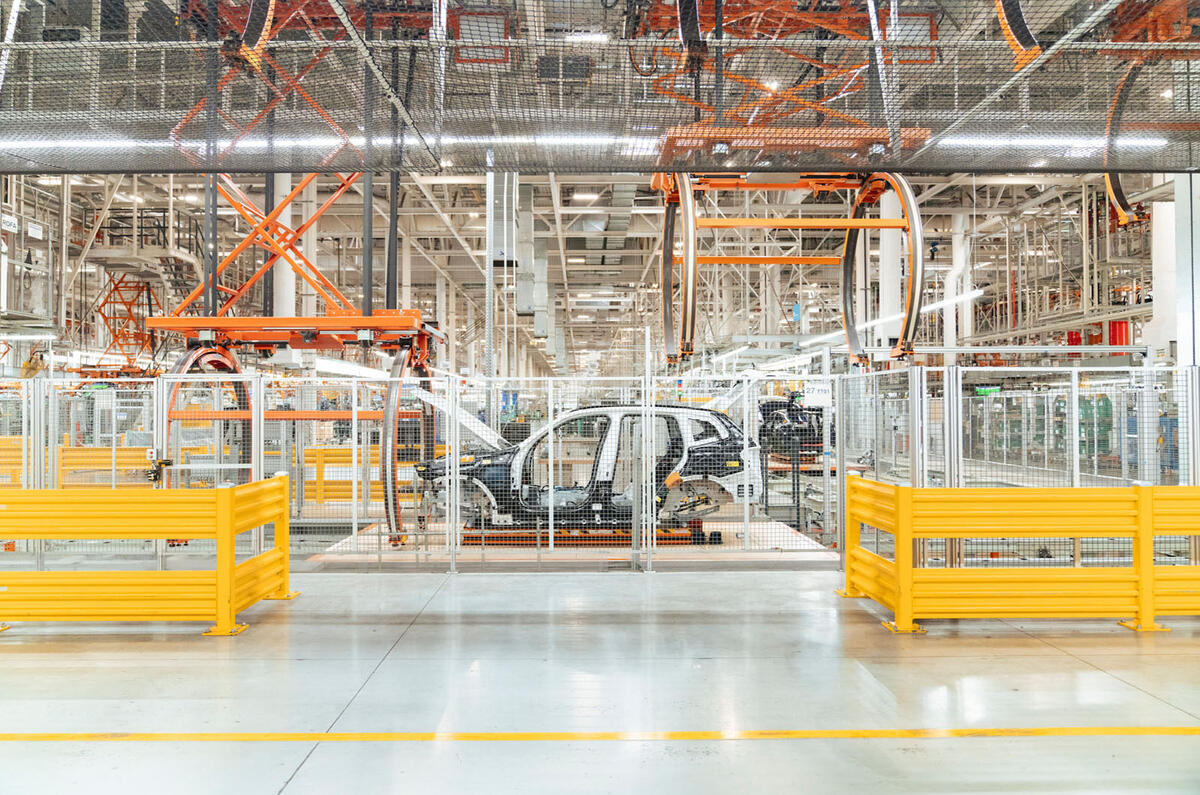
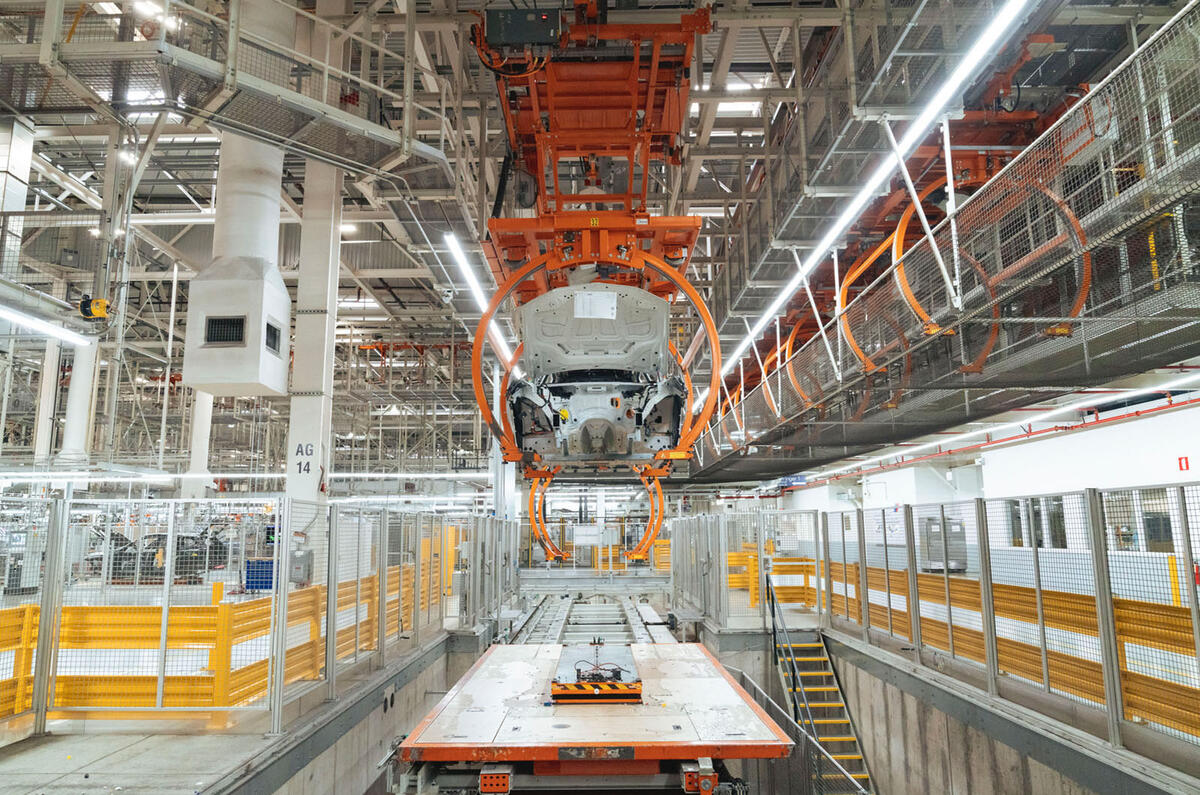
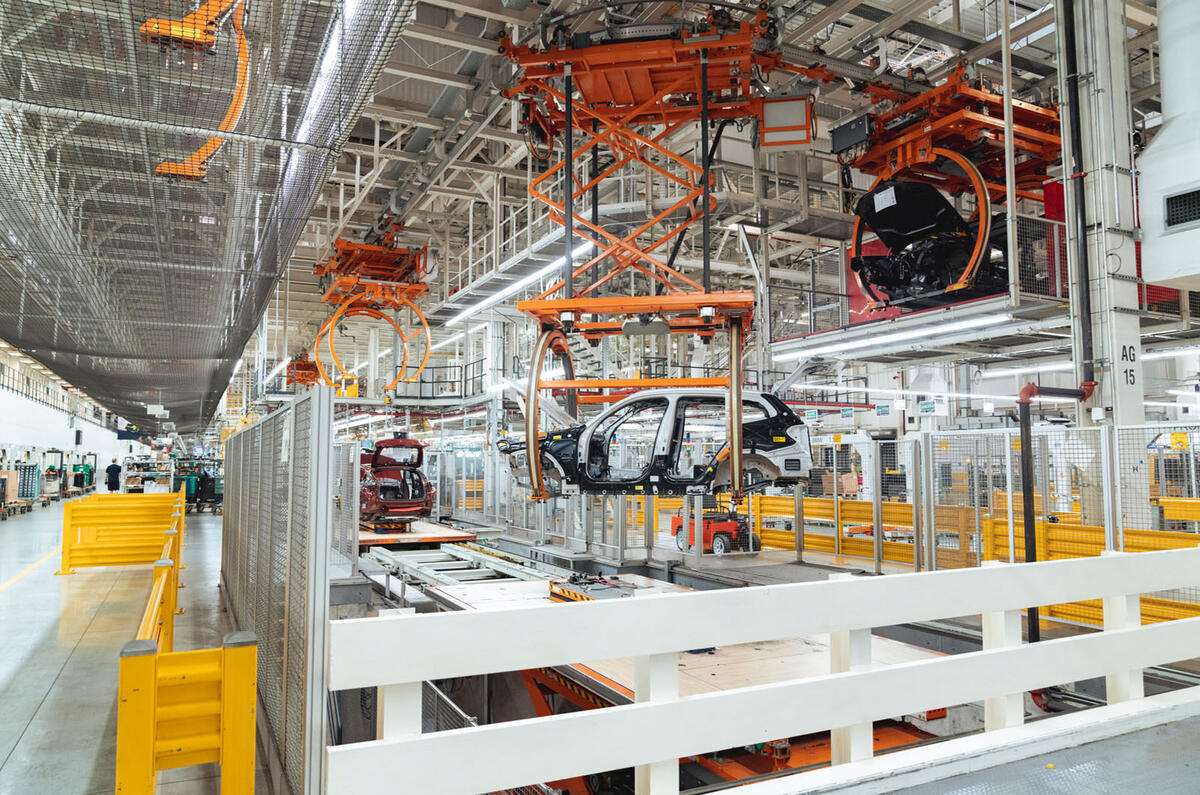
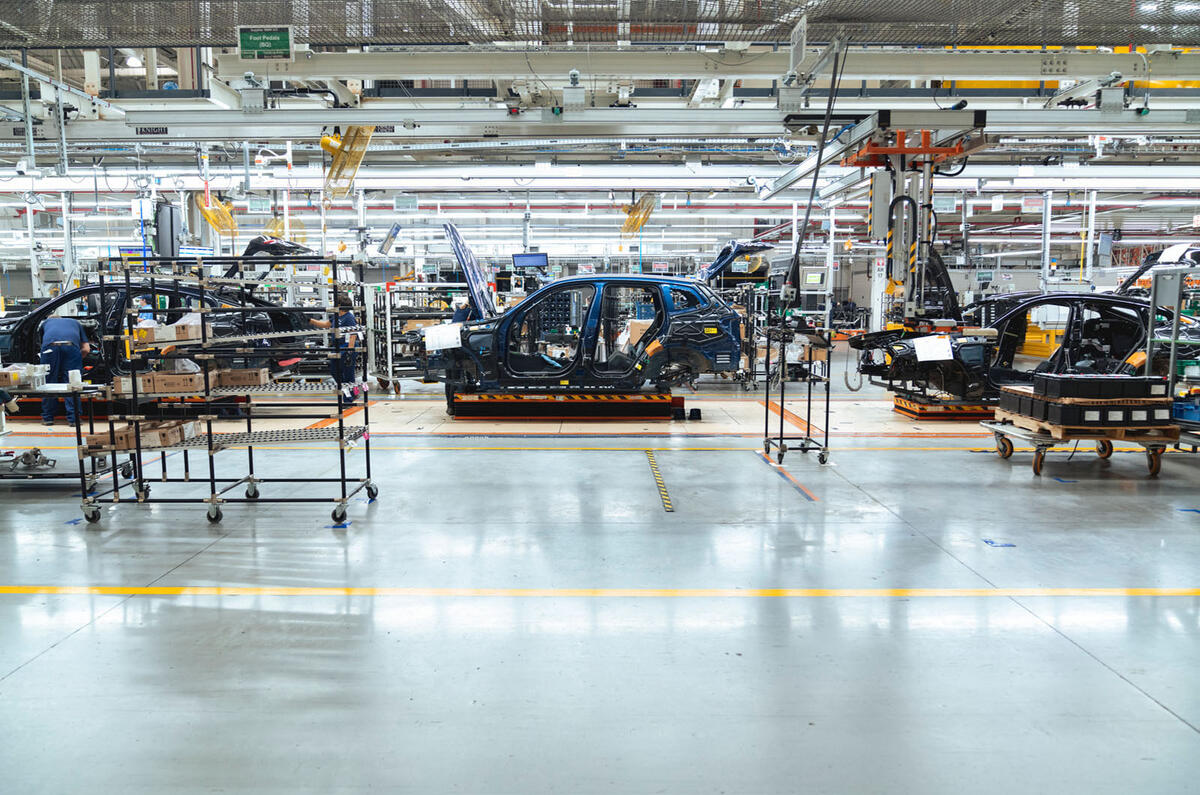
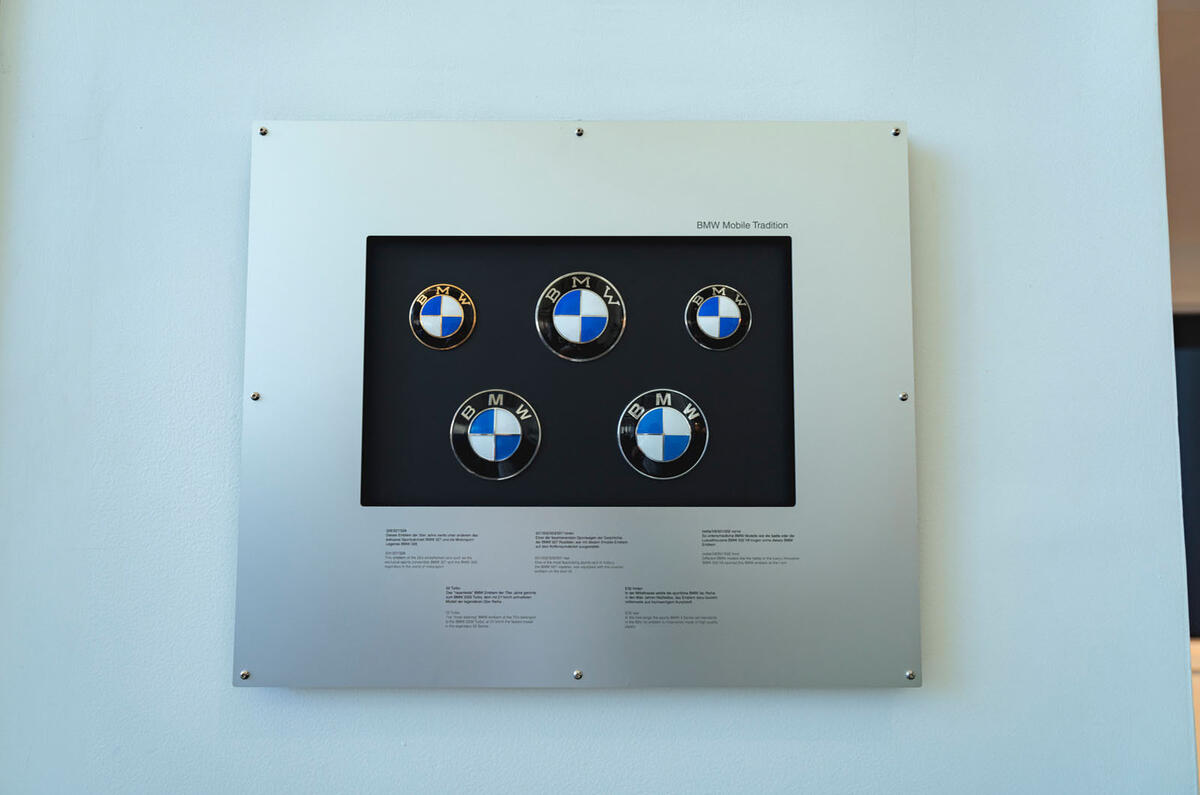
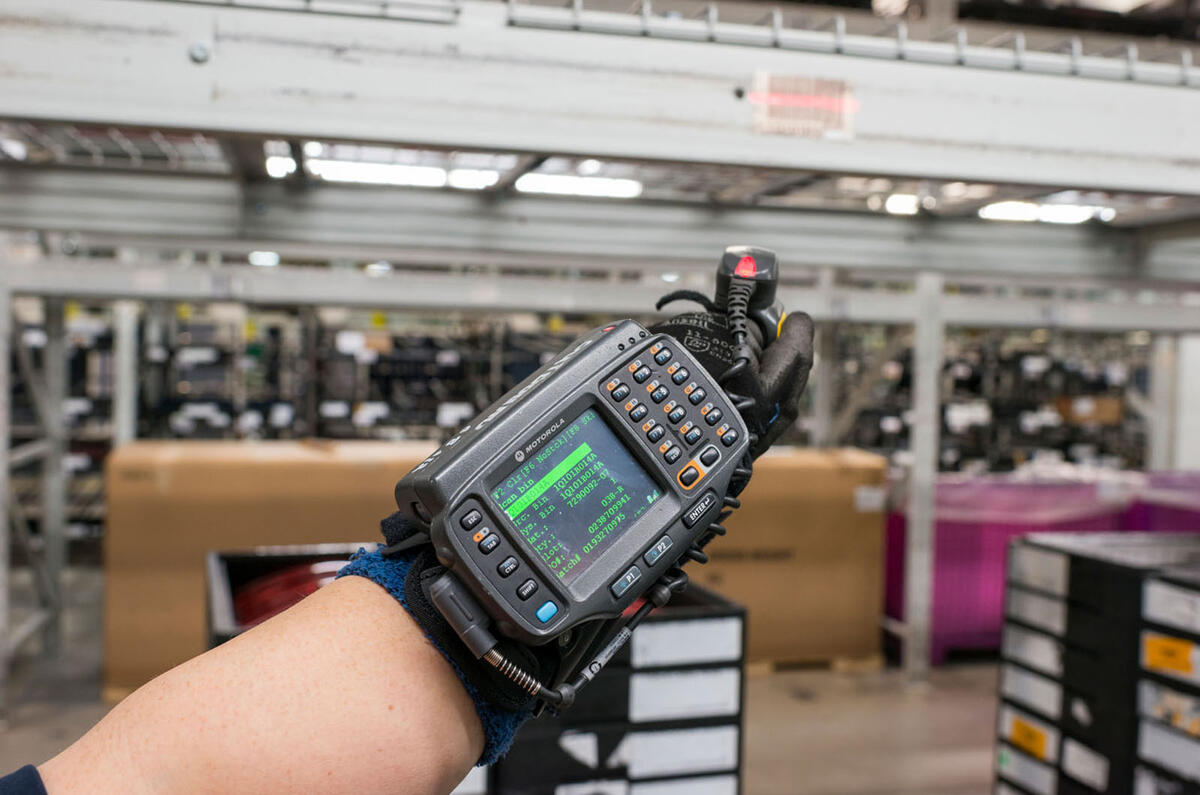
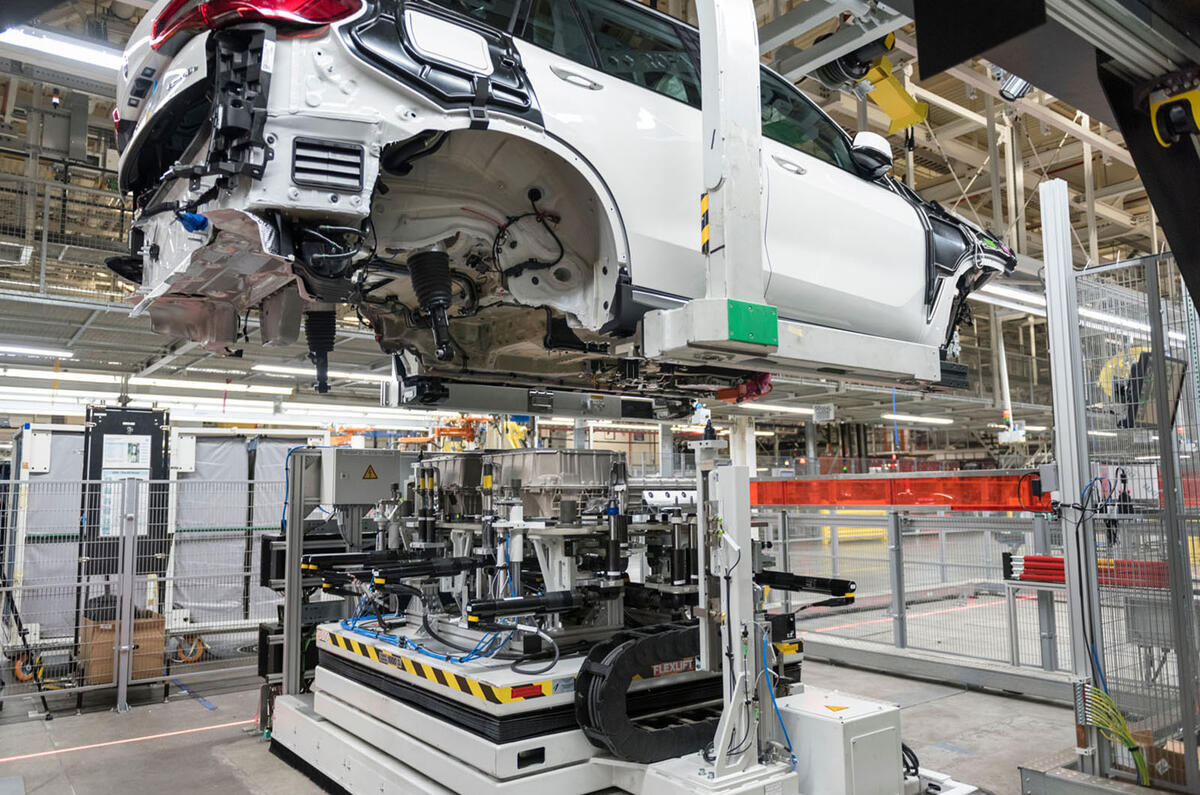
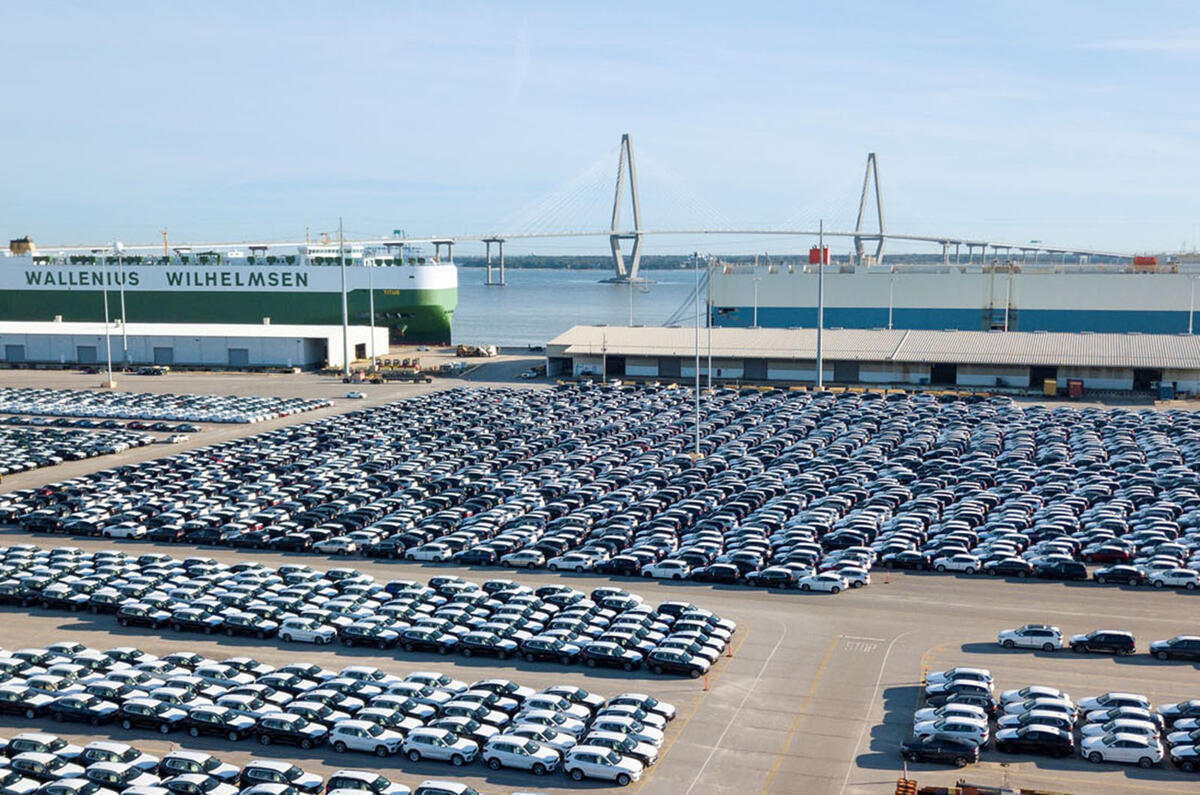
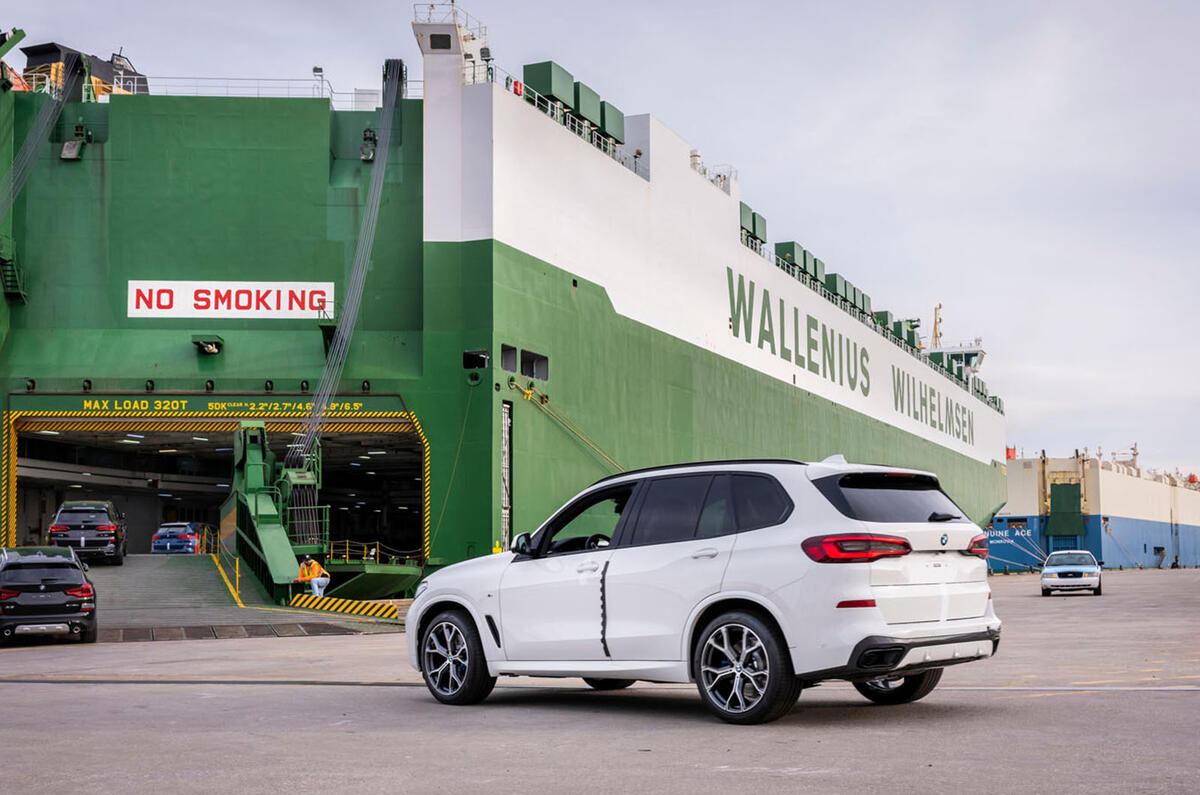
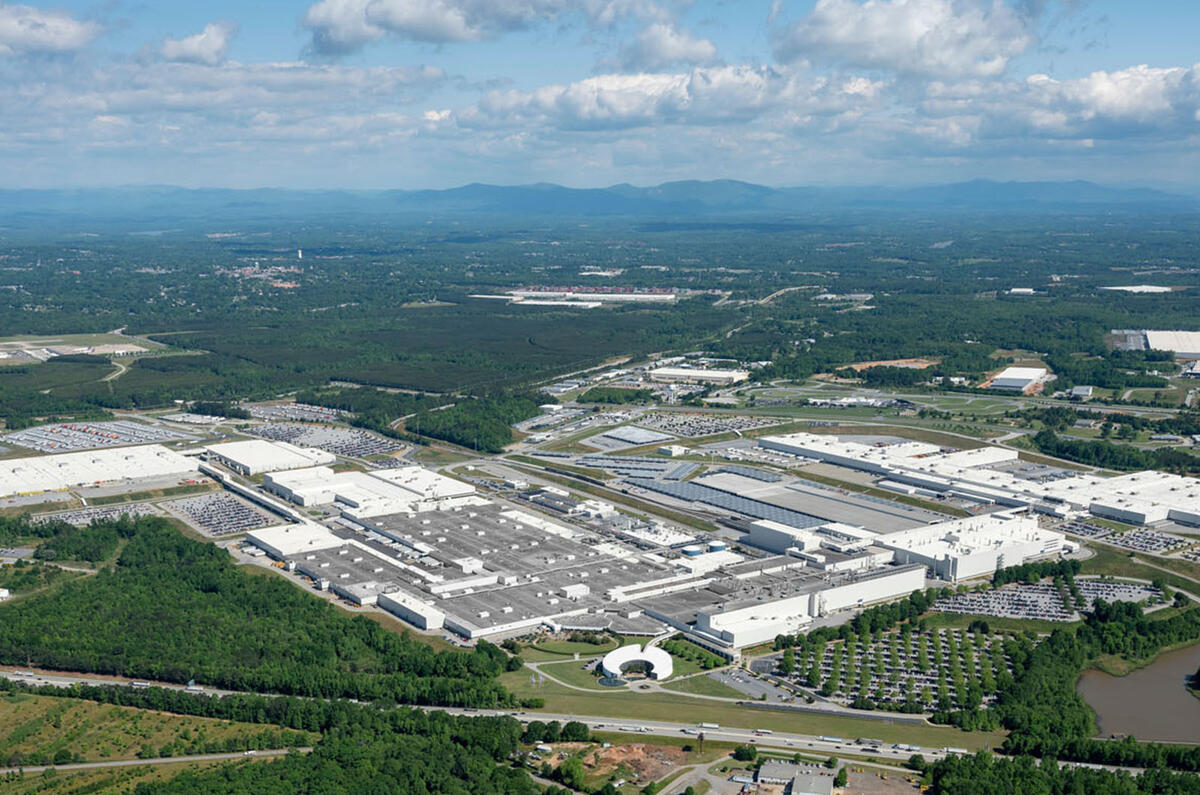
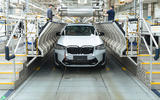
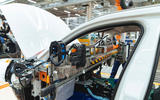
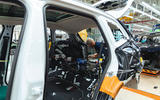
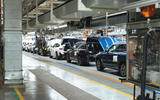
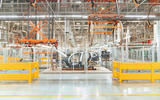
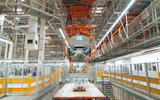
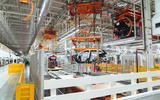
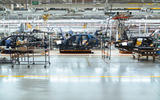
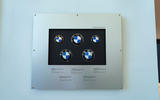

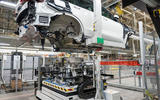
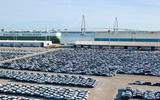
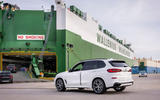


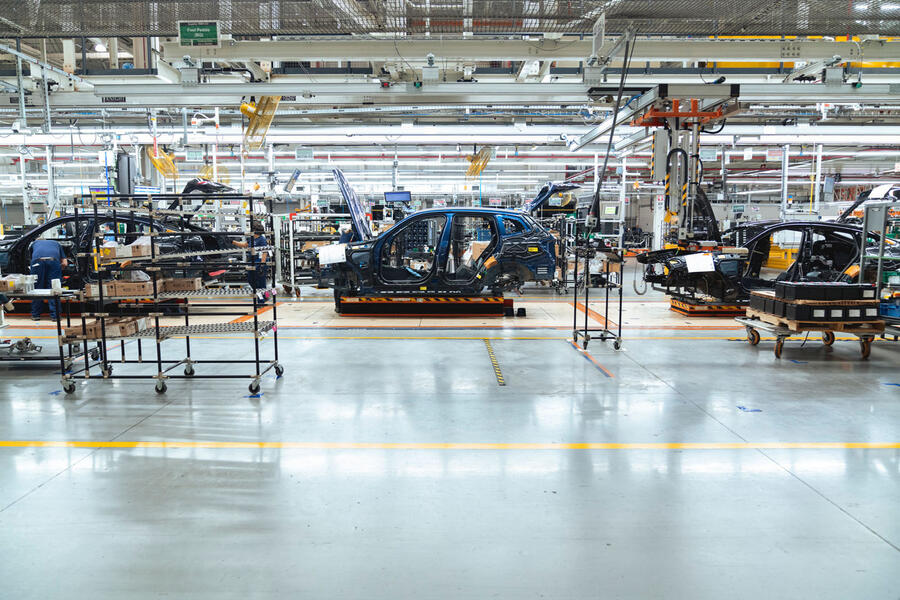
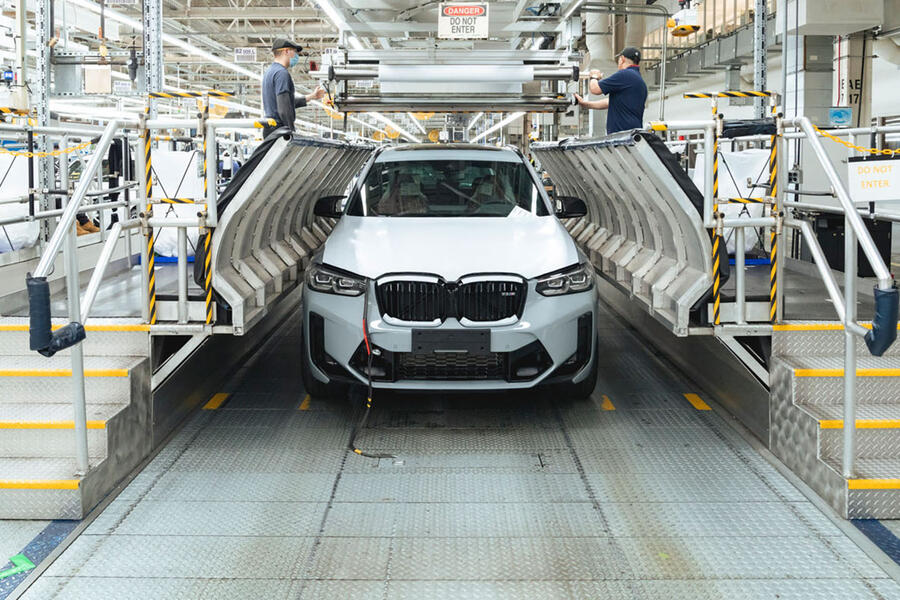





Join the debate
Add your comment
Well, judging by the amount of new BMW I'm seeing daily, the X3 and other BMW Cars are selling quite well.
The plant isnt in Spartanburg , its the urban outskirts of Greenville , 20 km to downtown and the airport is is adjacent to the BMW factory- they literally have a short road directly from the FedEx cargo to the plant Spartanburg is 24km as crow flies away